Krzysztof Jung (1951–1998), known mostly as a performer, prolific painter and portraitist, called “the painter of trees” during his lifetime, has become more celebrated over the last few years for his male nudes, intimate drawings, rarely or never shown in public, revealing his queer side and giving an insight into his private life. His works were included in the first large manifestations of LGBTQ-related art, such as Ars Homo Erotica (2010), curated by Paweł Leszkowicz at the National Museum in Warsaw, and the Heritage pop-up exhibition organized as part of the Pomada 7 Queer Festival (2017). The changing reception of his works was recapped by his solo exhibitions at Salon Akademii in Warsaw (2016) and Schwules Museum in Berlin (2019). As Jung stated in his will, his friend Dorota Krawczyk-Janisch, based in Berlin, became the sole caretaker of his works after his death. For over two decades, she has been responsible for his estate, and along with his other friends, such as Wojciech Karpiński, she kept the memory of Jung, a great person and artist. From November 2021, working closely with Dorota Krawczyk-Janisch, Gunia Nowik Gallery is representing the Estate of Krzysztof Jung.
Krzysztof Jung studied interior design at the Academy of Fine Arts in Warsaw (1971–1976). From his diploma year on, he became part of Repassage Gallery milieu and performed on a regular basis at the gallery. His performances and actions, which he called the Visual Theatre, most often took the form of “threading”, in which he used the naked bodies of himself and/or his friends, and a thread that was formed into a spiderweb-like nets in the course of performance, entangling people and the space. The Visual Theatre often took place in the presence of an intimate circle of friends and conveyed messages addressed to specific people. Jung ran the Repassage Gallery for a year (1978–1979), renaming it Repassage 2.
At the turn of 1970s and 1980s, in the atmosphere of growing political tension in Poland, Jung organized several actions of sociopolitical significance, both in public and private spaces. He staged the happening A Street Epitaph to Jan Palach on Krakowskie Przedmieście Street, dedicated to the Czechoslovak student who self-immolated himself in 1969 in protest against the military intervention of the Warsaw Pact in Czechoslovakia. After introduction of martial law in Poland in December 1981, Jung performed in the private studio of Barbara and Wiktor Gutt, when he tried to draw a copy of Goya’s famous Caprichos No. 43 while being blindfolded. At the same time, he played a crucial part in animating artistic and social life, for instance organizing annual Christmas parties at his apartment.
From the late 1970s on, Jung started spending more time abroad, especially as his friends emigrated to Sweden, West Berlin, and Paris, expanding his network of international connections, and having access to Western museums, publications, as well as the gay scene. Furthermore, through his friend writer Wojciech Karpiński, he became acquainted with the circle of Polish emigrés in Paris, connected with Kultura magazine published in Maisons-Lafitte by Jerzy Giedroyć. He found a special connection with writer and critic Kot Jeleński and painter Józef Czapski. Karpiński and Czapski encouraged him to focus more on drawing and painting, which in the 1980s became the main media of Jung’s art. He made portraits of famous writers and poets: Czesław Miłosz, Zbigniew Herbert, Adam Zagajewski and others for Zeszyty Literackie, published in Paris.
In 1991, he started working as an art teacher at a private high school in Warsaw, which as a result of his efforts was named the Józef Czapski Memorial School. He died in 1998 in Warsaw. His tomb is decorated with the sculpture Narcissus by Barbara Falender, for which he posed.
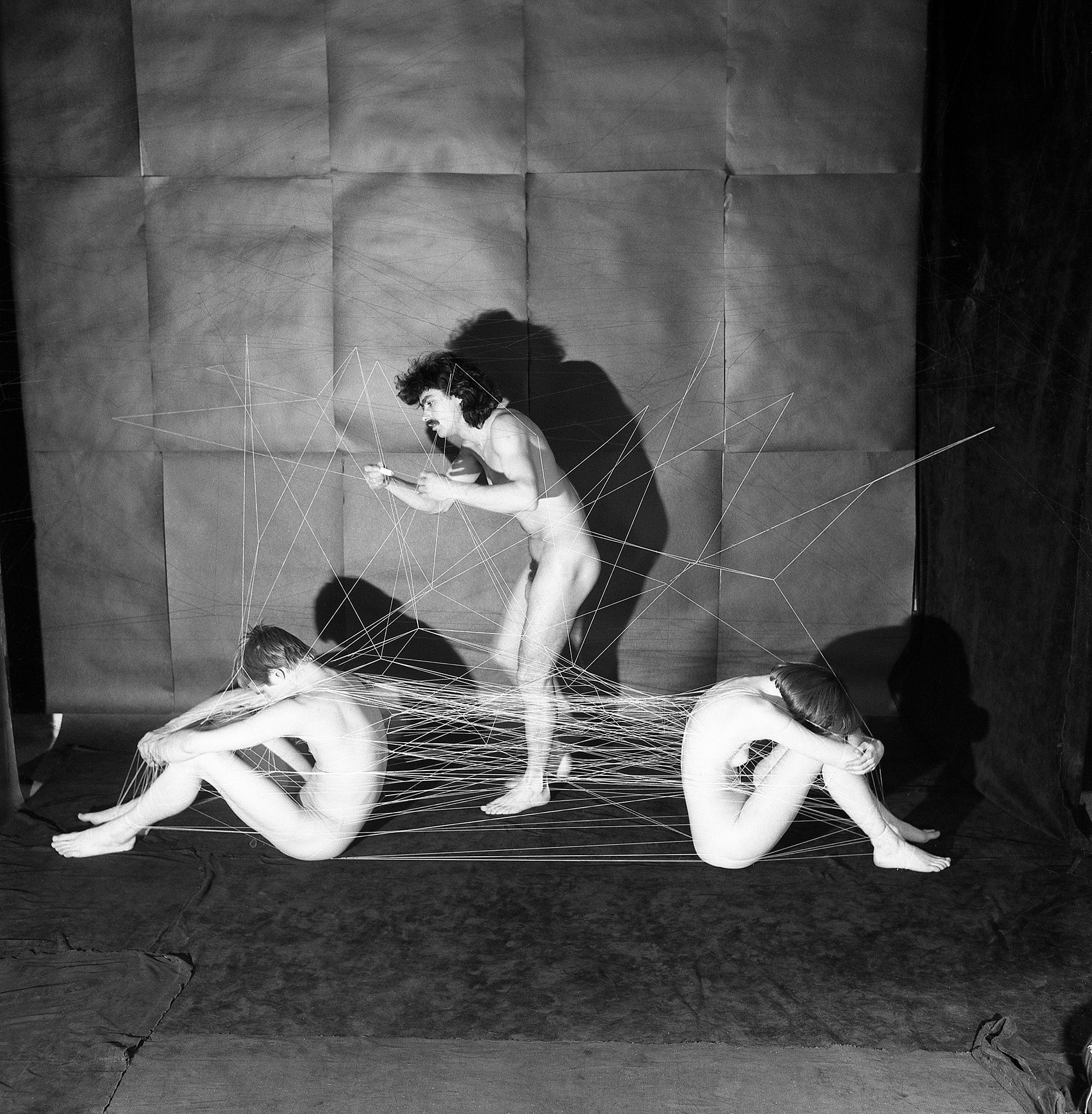
Performance Love, Krzysztof Jung in the middle, 1978 (© Grzegorz Kowalski)

Performance Love, Krzysztof Jung in the middle, 1978 (© Grzegorz Kowalski)
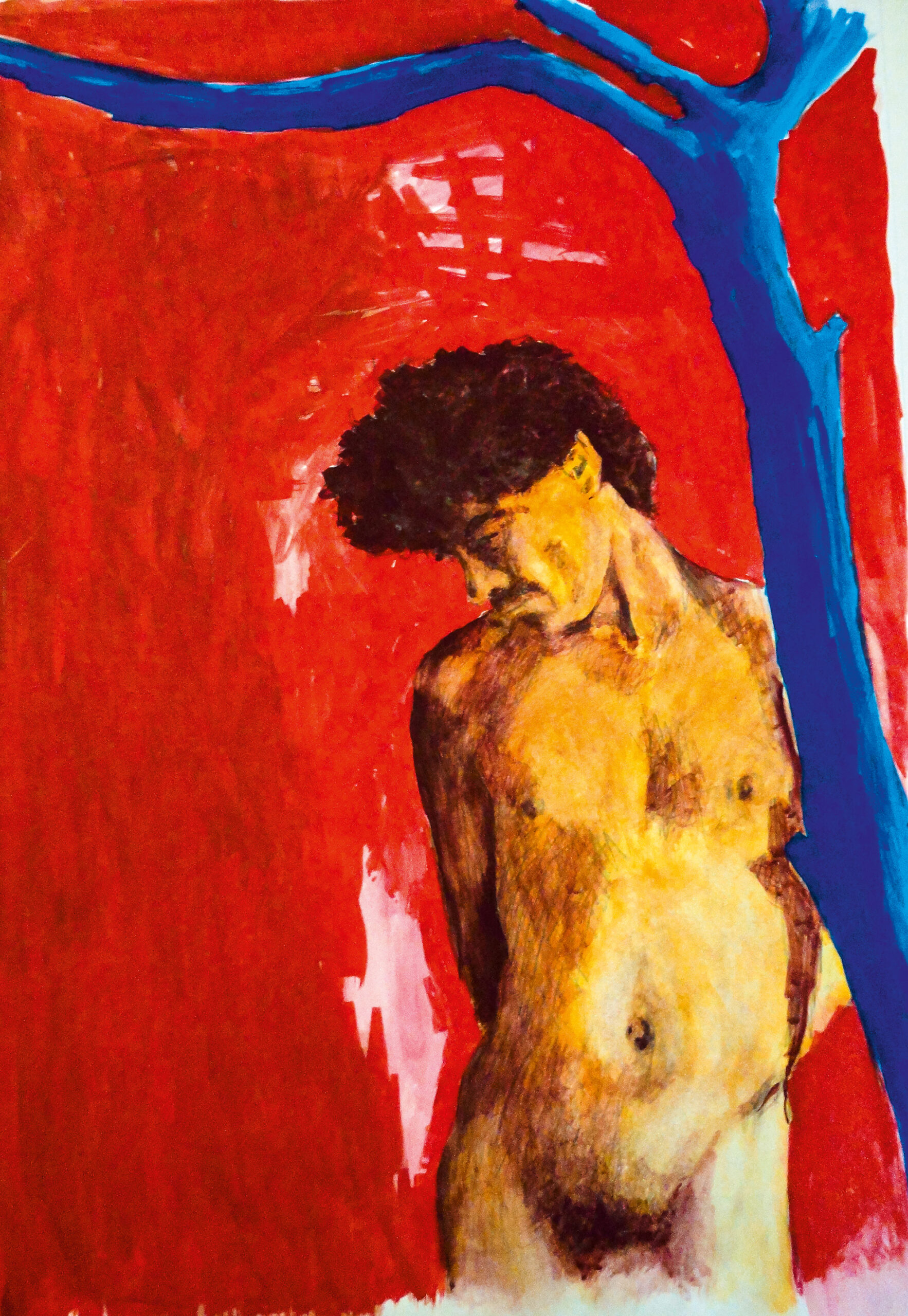
Krzysztof Jung, Self-portrait with Blue Tree, 1980s, gouache on paper (© Dorota Krawczyk-Janisch)

Krzysztof Jung, Self-portrait with Blue Tree, 1980s, gouache on paper (© Dorota Krawczyk-Janisch)
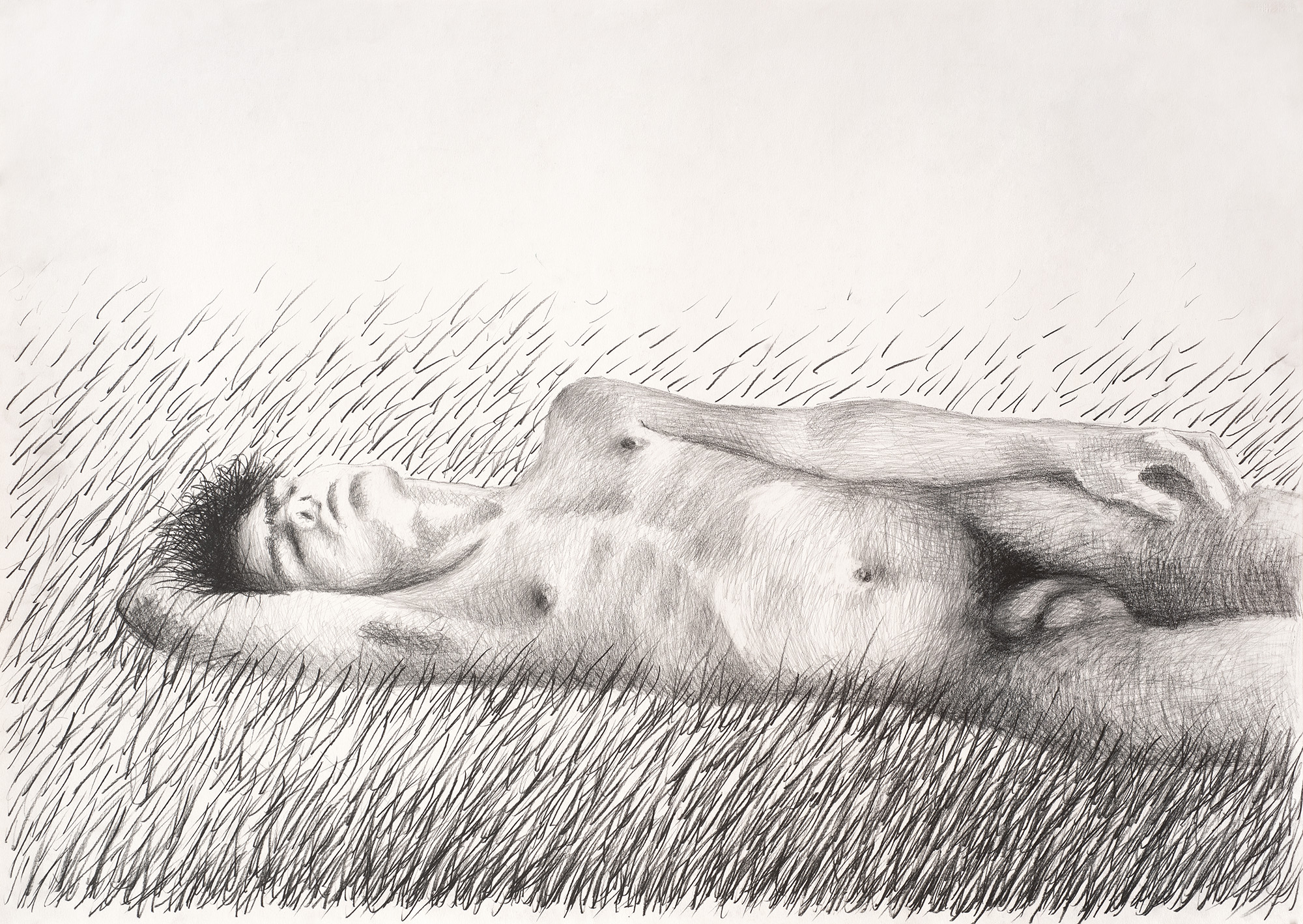
Krzysztof Jung, Nude Lying on the Grass, ca. 1987, pencil on paper (© Dorota Krawczyk-Janisch)

Krzysztof Jung, Nude Lying on the Grass, ca. 1987, pencil on paper (© Dorota Krawczyk-Janisch)

Krzysztof Jung, Self-Portrait in Armchair, 1979, pencil on paper (© Dorota Krawczyk-Janisch)

Krzysztof Jung, Self-Portrait in Armchair, 1979, pencil on paper (© Dorota Krawczyk-Janisch)
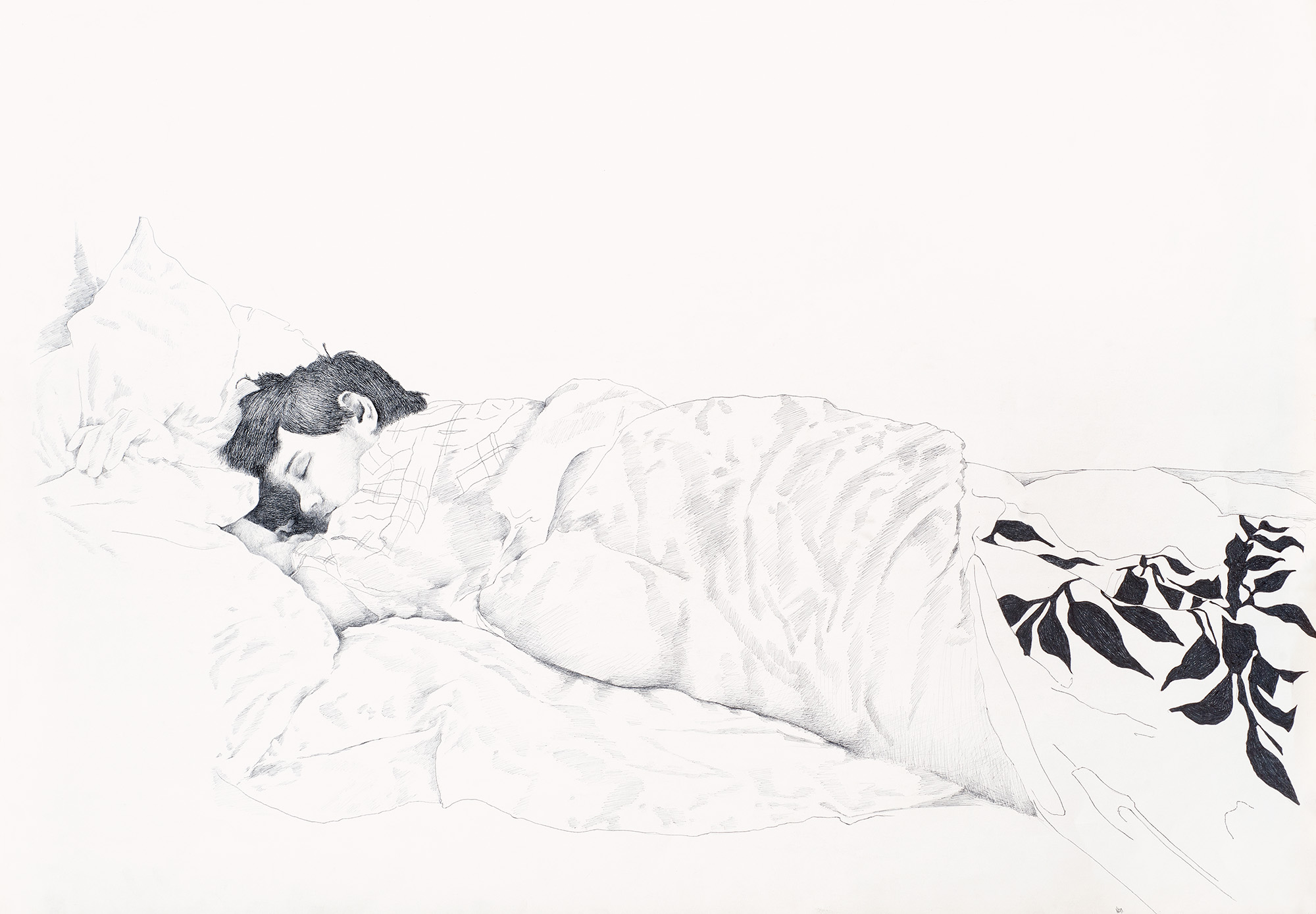
Krzysztof Jung, Sleeping Man II, 1979, pencil on paper (© Dorota Krawczyk-Janisch)

Krzysztof Jung, Sleeping Man II, 1979, pencil on paper (© Dorota Krawczyk-Janisch)
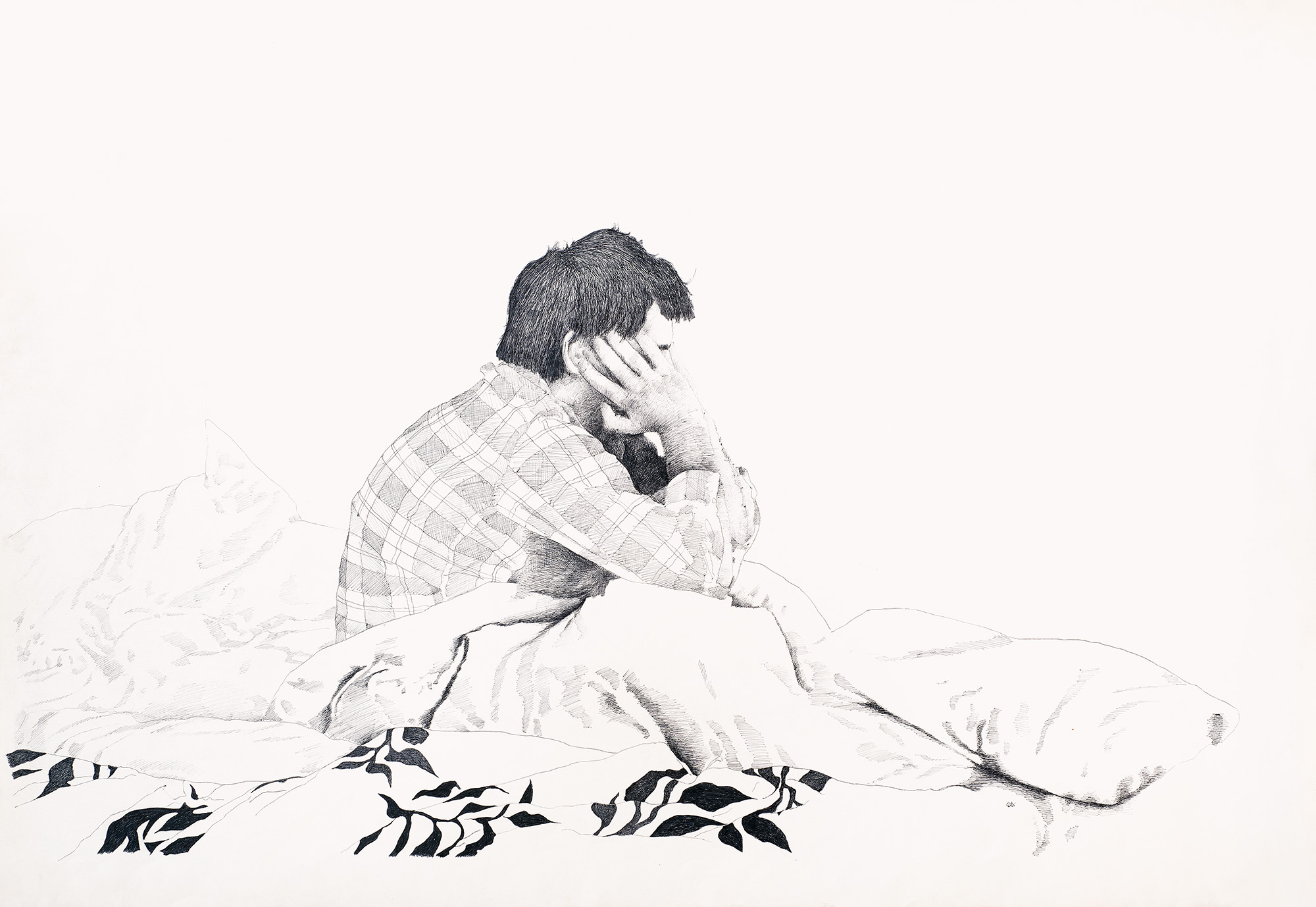
Krzysztof Jung, Young Man in Bed, 1979, pencil on paper (© Dorota Krawczyk-Janisch)

Krzysztof Jung, Young Man in Bed, 1979, pencil on paper (© Dorota Krawczyk-Janisch)
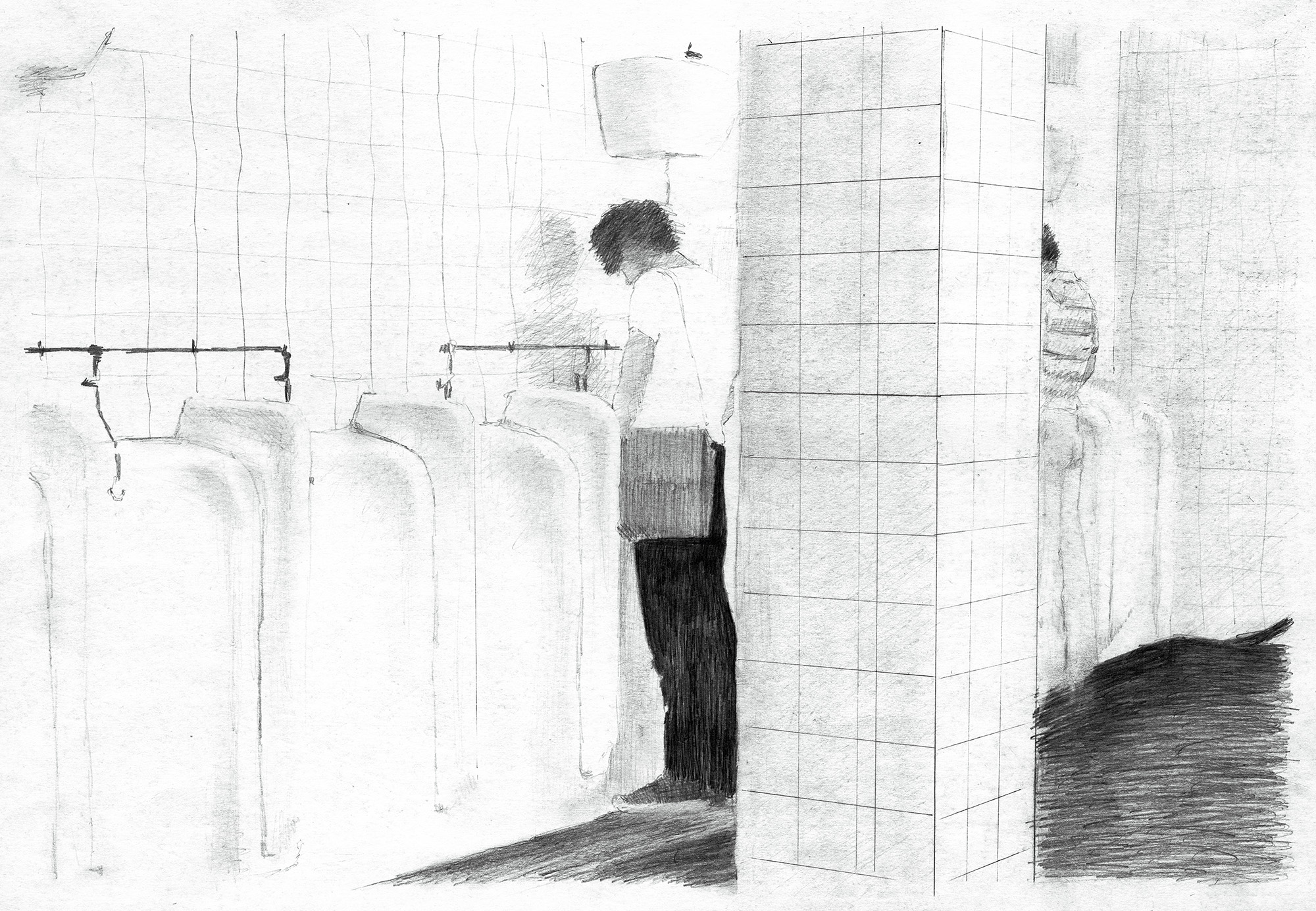
Krzysztof Jung, Cruising (Two Men at Urinal), 1980s, pencil on paper (© Dorota Krawczyk-Janisch)

Krzysztof Jung, Cruising (Two Men at Urinal), 1980s, pencil on paper (© Dorota Krawczyk-Janisch)
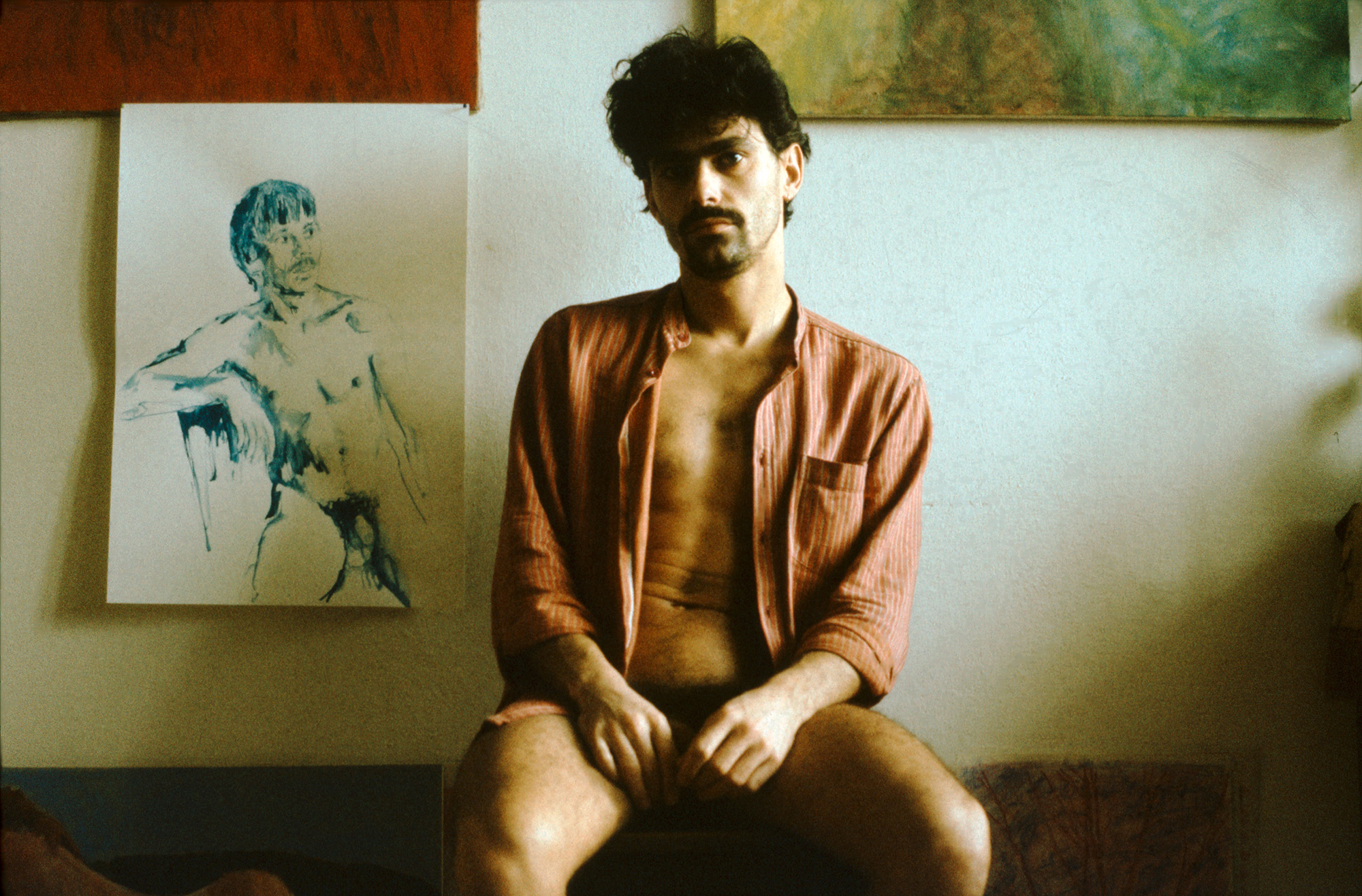
Krzysztof Jung, artist's working photograph, a self-portrait (© Dorota Krawczyk-Janisch)

Krzysztof Jung, artist's working photograph, a self-portrait (© Dorota Krawczyk-Janisch)
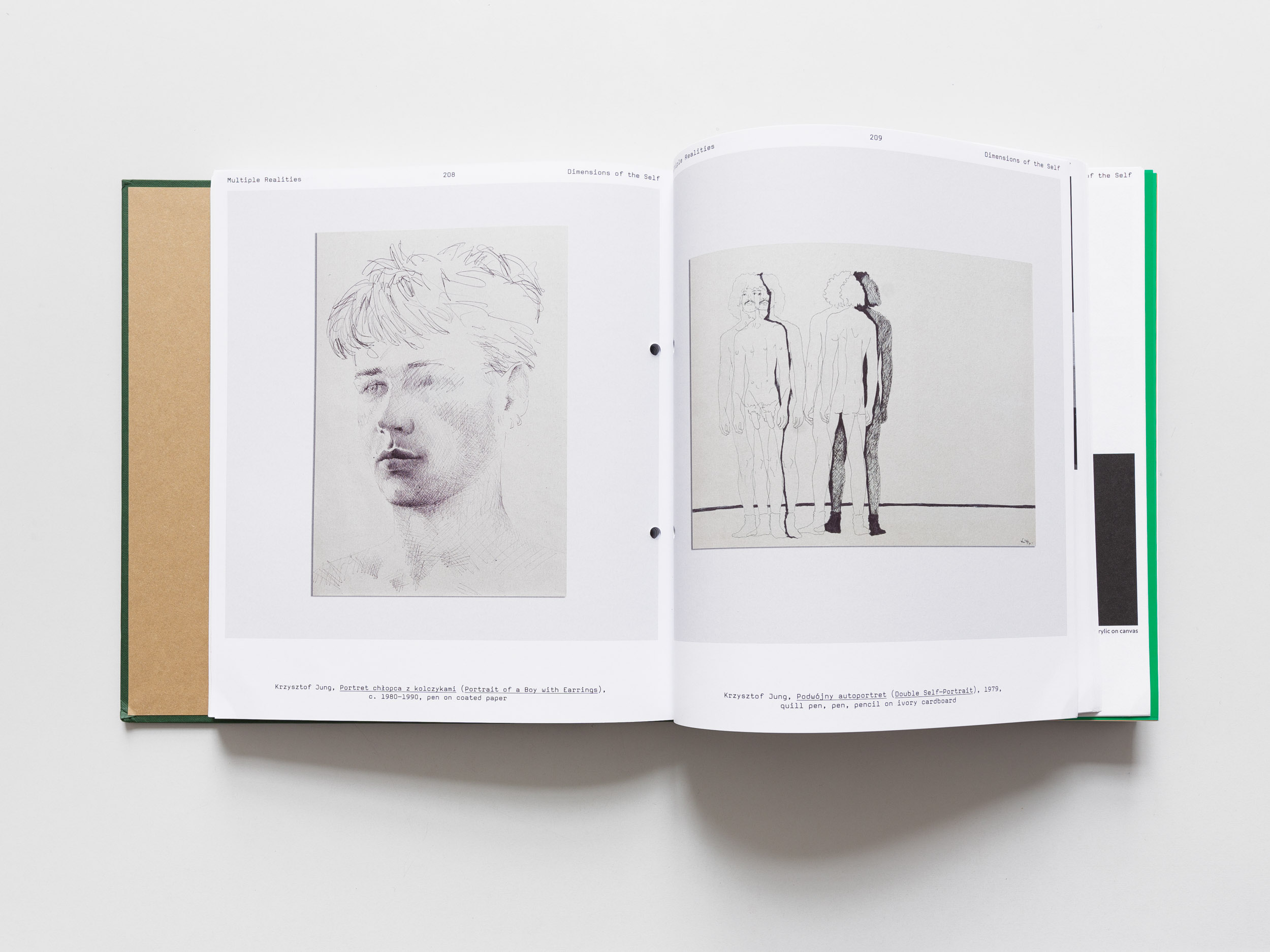
Krzysztof Jung, Multiple Realities: Experimental Art in the Eastern Bloc, 1960s–1980s, 2023–2024, Walker Art Center, exhibition view, photo: Eric Mueller. Courtesy Walker Art Center, Minneapolis

Krzysztof Jung, Multiple Realities: Experimental Art in the Eastern Bloc, 1960s–1980s, 2023–2024, Walker Art Center, exhibition view, photo: Eric Mueller. Courtesy Walker Art Center, Minneapolis
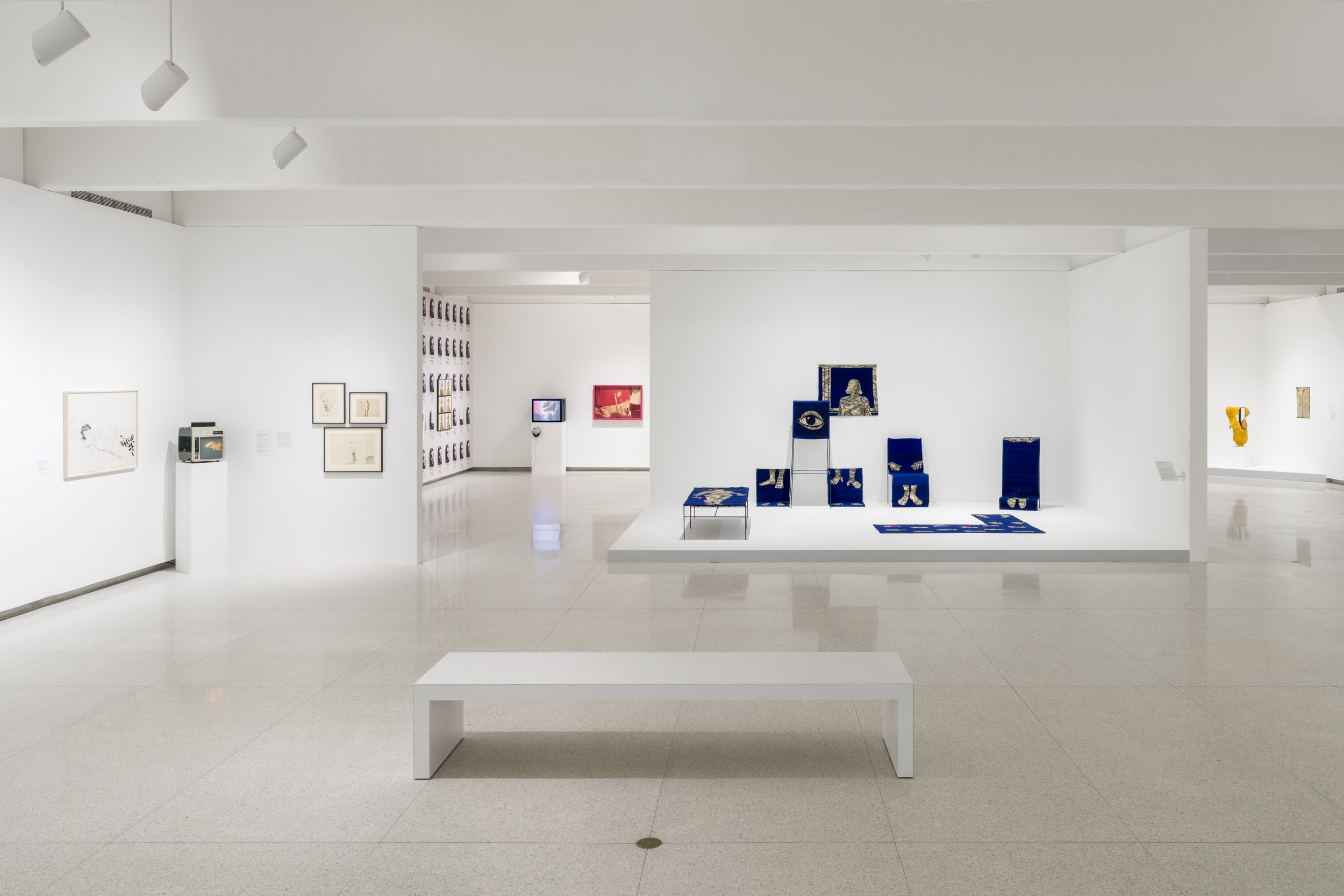
Krzysztof Jung, Multiple Realities: Experimental Art in the Eastern Bloc, 1960s–1980s, 2023–2024, Walker Art Center, exhibition view, photo: Eric Mueller. Courtesy Walker Art Center, Minneapolis

Krzysztof Jung, Multiple Realities: Experimental Art in the Eastern Bloc, 1960s–1980s, 2023–2024, Walker Art Center, exhibition view, photo: Eric Mueller. Courtesy Walker Art Center, Minneapolis
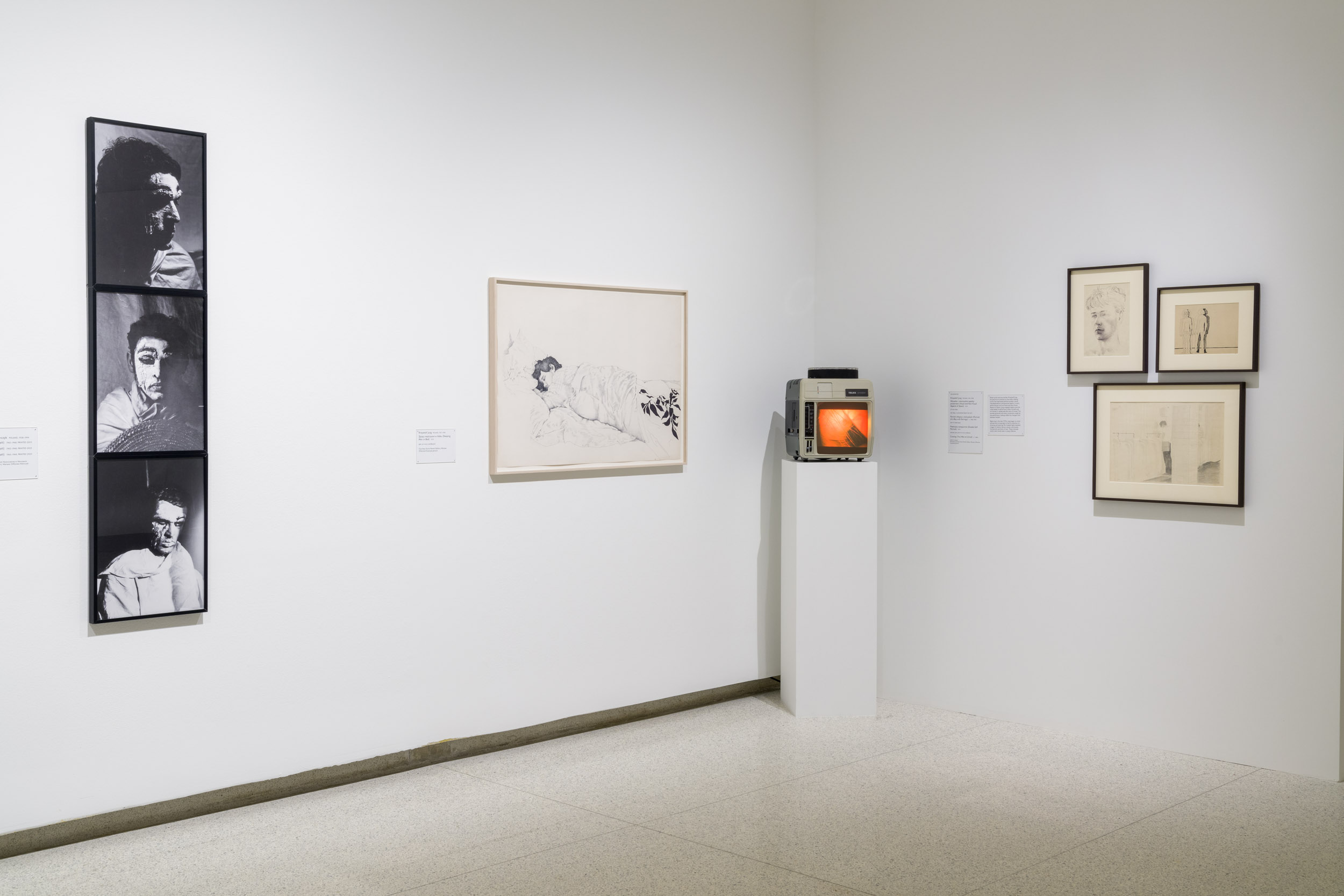
Krzysztof Jung, Multiple Realities: Experimental Art in the Eastern Bloc, 1960s–1980s, 2023–2024, Walker Art Center, exhibition view, photo: Eric Mueller. Courtesy Walker Art Center, Minneapolis

Krzysztof Jung, Multiple Realities: Experimental Art in the Eastern Bloc, 1960s–1980s, 2023–2024, Walker Art Center, exhibition view, photo: Eric Mueller. Courtesy Walker Art Center, Minneapolis
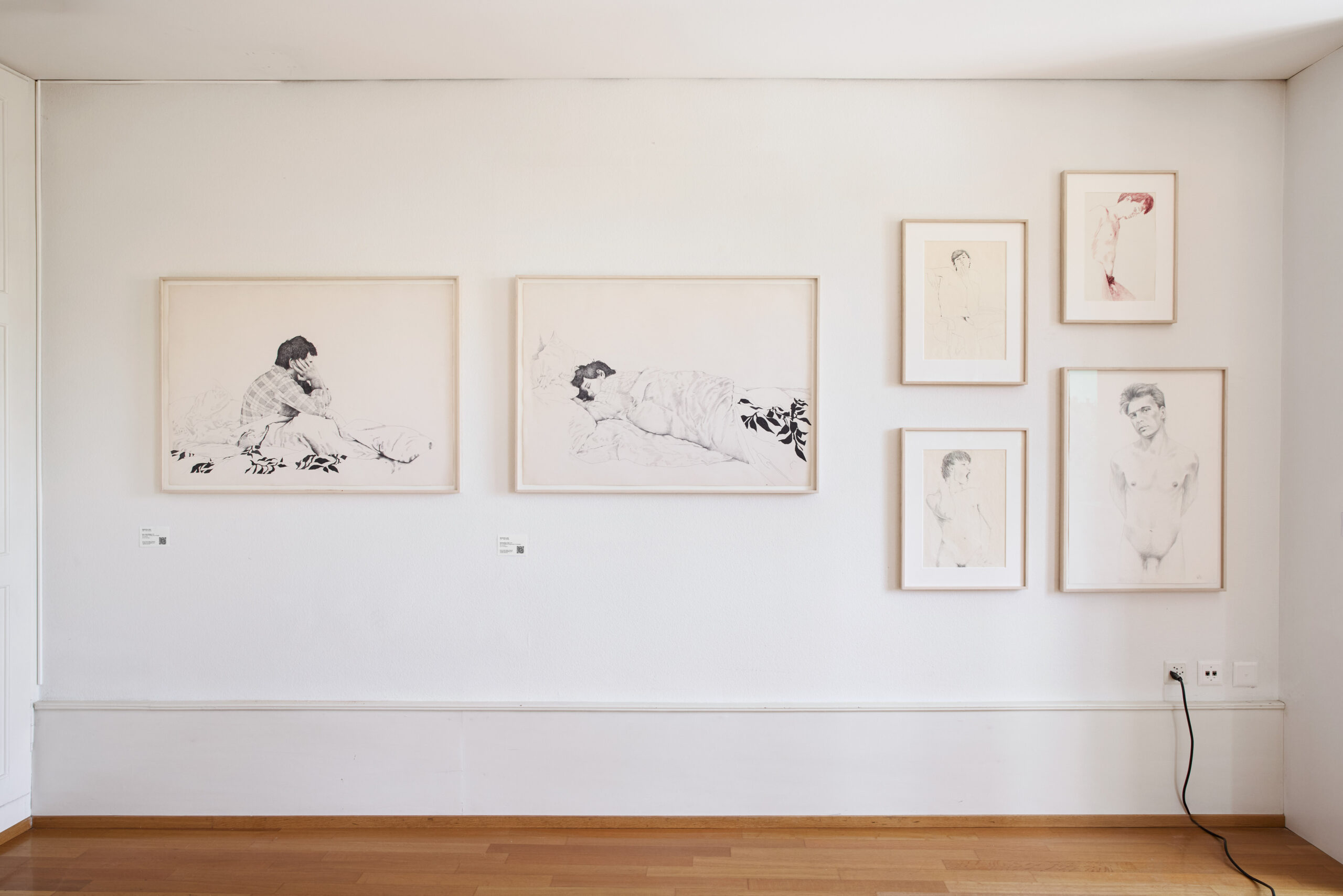
Krzysztof Jung at Basel Social Club, Switzerland, June 2025, exhibition views, photo: Moritz Schermbach

Krzysztof Jung at Basel Social Club, Switzerland, June 2025, exhibition views, photo: Moritz Schermbach
Selected solo exhibitions:
2025
Performer, featuring Grzegorz Kowalski, Gunia Nowik Gallery, Warsaw, Poland
2023
Boys, Gunia Nowik Gallery, Warsaw, Poland
2021
In the Middle of the World, Gunia Nowik Gallery, Warsaw, Poland
2019
Krzysztof Jung. 1951-1998. Zeichnungen, Schwules Museum, Berlin, Germany
2017
Krzysztof Jung – peintures et dessins, Bibiothèque Polonaise, Paris, France
2016
Krzysztof Jung – metamorphosis, Salon Akademii, Academy of Fine Arts in Warsaw, Poland
1999
Krzysztof Jung (1951-1998), Królikarnia, Warsaw, Poland
1992
Landscape with Saint Sebastian, Galeria Dziekanka, Warsaw, Poland
1989
Paradise, Galeria Dziekanka, Warsaw, Poland
Tree in the Middle of the World, Galeria Pokaz, Warsaw, Poland
Selected group exhibitions:
2025
Permanent exhibition – Timeline, Queer Muzeum, Warsaw, Poland
2024
Multiple Realities: Experimental Art in the Eastern Bloc, 1960s–1980s, Vancouver Art Gallery, British Columbia, Canada
Multiple Realities: Experimental Art in the Eastern Bloc, 1960s–1980s, Phoenix Art Museum, Arizona, USA
2023
Arcadia, National Museum in Warsaw, Poland
Multiple Realities: Experimental Art in the Eastern Bloc, 1960s–1980s, Walker Art Center, Minneapolis, Minnesota, USA
2022
Unity, SIC, Helsinki, Finland
Kinds of Love, Gunia Nowik Gallery, Warsaw, Poland
2021
With Pleasure, Galeria Szara, Katowice; Krupa Gallery, Wrocław, Poland
2020
On the Politics of Delicacy, Capitain Petzel Gallery, Berlin, Germany
2017
Heritage, Pomada Queer Festival, Palace of Culture and Science, Warsaw, Poland
2010
Ars Homo Erotica, National Museum in Warsaw, Poland
1993
Galeria Repassage, Zachęta National Gallery of Art, Warsaw, Poland
1989
Pole German Russian, Zakłady Norblina, Warsaw, Poland
Selected performances and actions:
1989
Trace, Galeria Dziekanka, Warsaw, Poland
1982
Caprichos XIII – When the reason sleeps, the beasts wake up, performance at the private studio of Barbara and Wiktor Gutt, Warsaw, Poland
1980
Conversation, performance, Re’Repassage gallery, Warsaw, Poland
1979
Responsibility, action at the gate to University of Warsaw, Poland
Burnt-Offering IV. Street Epitaph to Jan Palach, street action, Krakowskie Przedmieście, Warsaw, Poland
Cocooning, performance, Repassage 2, Warsaw, Poland
1978
Love, performance, Repassage Gallery, Warsaw, Poland
Metamorphosis, performance, Repassage Gallery, Warsaw, Poland
1977
Space Tangled in Public, Repassage Gallery, Warsaw, Poland
Bibliography:
Krzysztof Jung. Der männliche Akt / The Male Nude, ed. Wojciech Karpiński, Mikołaj Nowak-Rogoziński, Schwules Museum, Berlin 2019. (exhibition catalogue in German and English, with texts by Wolfgang Theis, Raimund Wolfert and Dorota Krawczyk-Janisch)
Krzysztof Jung. Peintures et dessins, Bibliothèque Polonaise, Paris 2017. (exhibition catalogue in French, with texts by Wojciech Karpiński and Krzysztof Jung)
Krzysztof Jung – przemiana, ed. Jakub Zgierski, Akademia Sztuk Pięknych w Warszawie, Warszawa 2016. (exhibition catalogue in Polish, with texts by Maryla Sitkowska, Paweł Leszkowicz, Marika Kuźmicz, Natalia Kaliś, Katarzyna Urbańska, Robert Pucek and Anne Breimaier)
Krzysztof Jung (1951-1998), ed. Maryla Sitkowska, Muzeum im. Xawerego Dunikowskiego w Królikarni – Oddział Muzeum Narodowego w Warszawie, Warszawa 2001. (catalogue of posthumous exhibition in Królikarnia in 1999, published in Polish and English, with texts by Piotr Szubert, Wojciech Karpiński, Grzegorz Kowalski, Czesław Furmankiewicz, Łukasz Wiśniewski and Tomasz Myjak, and chronology compiled by Maryla Sitkowska)
Selected collections:
Kontakt. The Art Collection of Erste Group and ERSTE Foundation, Museum of the Academy of Fine Arts in Warsaw, and private collections in Poland and abroad